
Caged Coupe
By Steve Temple
Photos and CAD renderings courtesy of Factory Five Racing
As successful as the original Shelby Cobra Daytona Coupe was on the track back in the ’60s, winning the FIA World Manufacturers’ Championship in 1965, the car was not without some foibles. After all, it had the 289 Cobra roadster’s 3-inch round-tube main rails, with smaller tubes used for a subframe to support the coupe bodywork. That made for a rather bendy frame at speed, with one test driver commenting that the car would oversteer and understeer at the same time.
In contrast, most coupe replicas use a beefier configuration, with 4-inch round-tube main rails, like those employed on the 427 Cobra. Factory Five Racing (FFR) has not only built its coupe this way, but also improved upon the design since first introduced back in 2000. A few years later, the Gen II Coupe refined the suspension setup, and today, two more enhanced designs are available for the Gen III chassis, the S and R models.
These two came out of some additional testing done in 2015, with the S (street version) now 7.5 times the torsional rigidity, and the R (racing version) is 14 times more rigid!
Key areas were beefed up with only a 75-pound increase in weight. These consist of the door bars, windshield frame, gussets in the main hoop, and diagonal members to the rear shock mounts and forward of the foot boxes. While the latter pieces were fairly small by comparison, “They made a big difference,” notes Jim Schenck, FFR’s director of research and development. “We were actually surprised by how much. A little bit of triangulation goes a long way.”
He developed the new design on a CAD system in less than a year. While the CAD system’s FEA (finite element analysis) projected a quantum leap in chassis stiffness, additional testing was done on a physical rig for verification. FFR technicians added as much as 3,000 ft-lbs of loading to the front mounts, with the rear mounts secured, and then measured the amount of frame deflection. The S flexed only .3 to .4 degrees, while the R was about half that, .15 degrees.
What sort of benefits does this rigidity translate into for the driver? A more flexible frame acts like a giant, undamped spring, resulting in unpredictable handling, as noted about the original Shelby. With a much stiffer frame, however, the suspension geometry remains nearly constant through sharp turns.
In addition, the driver is much more protected. “You want the cockpit to not deform,” Schenck explains. “The rest of the car has tubes that are smaller in diameter so they absorb the energy of an impact.”
Even so, “There are always compromises,” he points out. The R model’s rear bracing eliminates some cargo space, so there’s no room for a spare tire (which you wouldn’t carry in competition anyway), but the S model does have more space in the rear.
Overall, the rear suspension setups offered are basically the same (three-link, four-link and IRS, with the latter being the most popular), but the spring package is about 50 percent stiffer on the R model, due in part to the extra downforce resulting from a different configuration in the nose and front splitter.

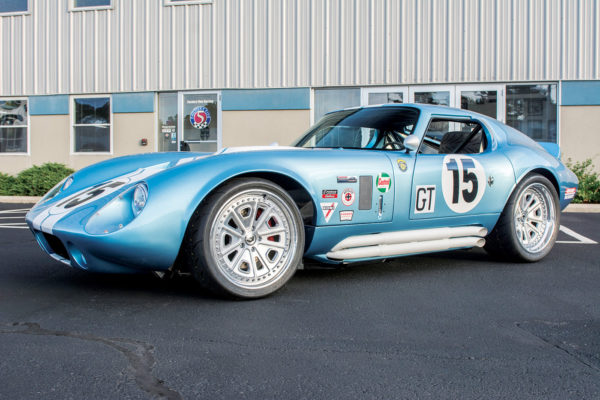
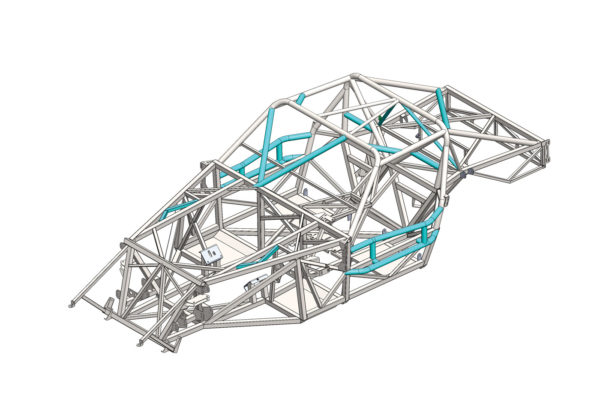
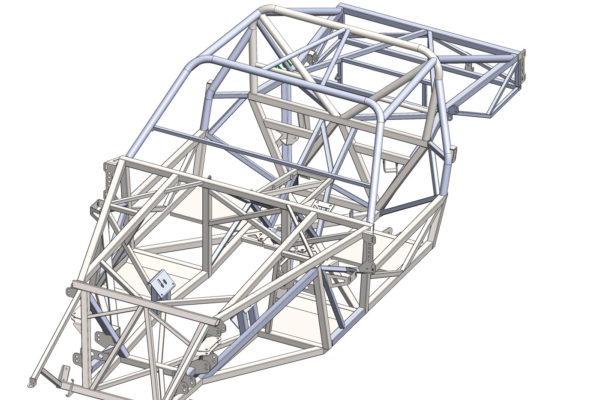
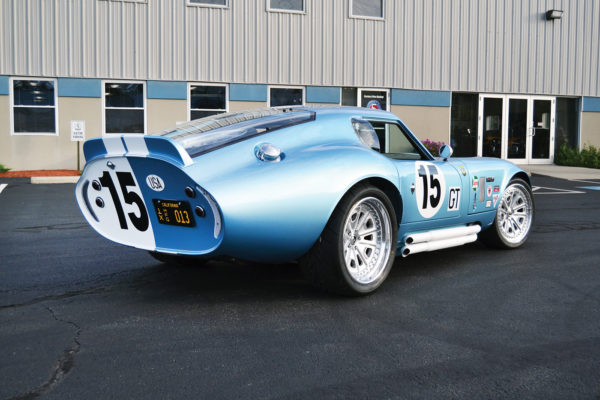
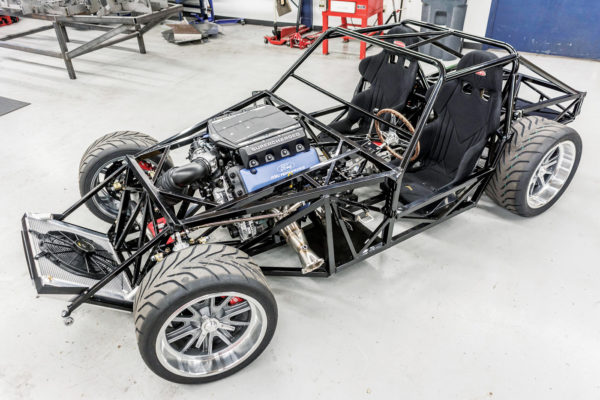
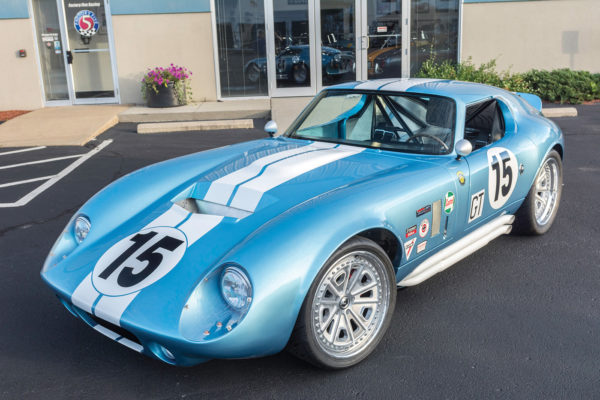
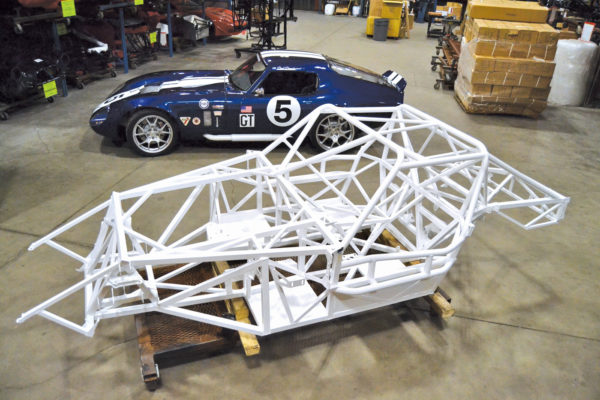
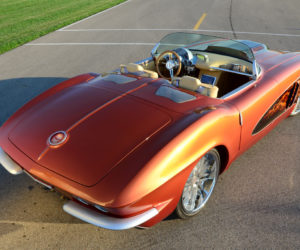
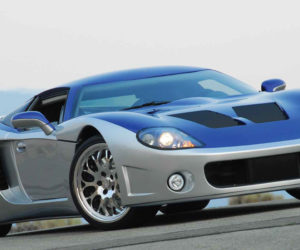
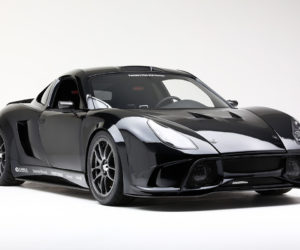
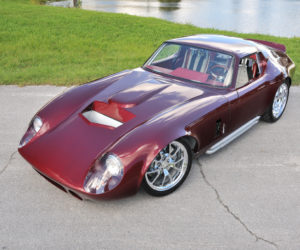
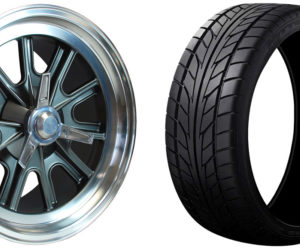
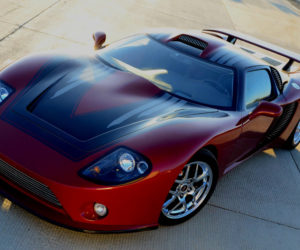




Comments for: Caged Coupe
comments powered by Disqus